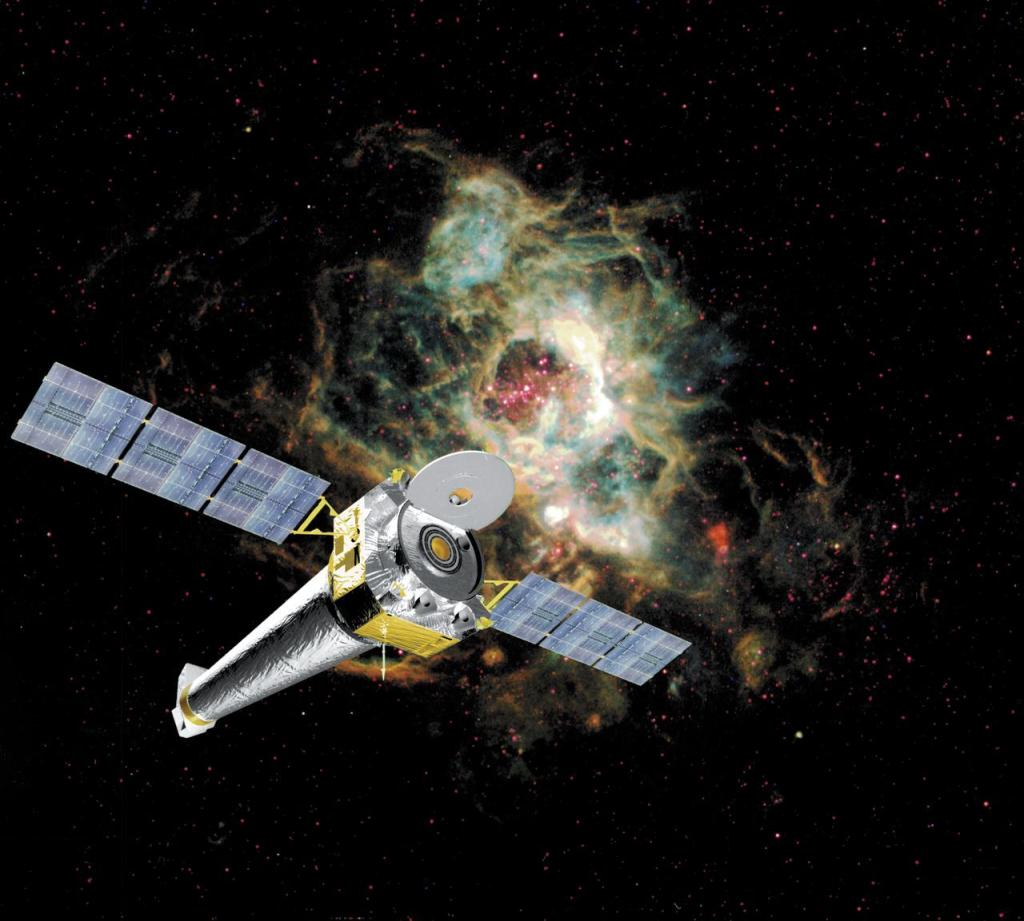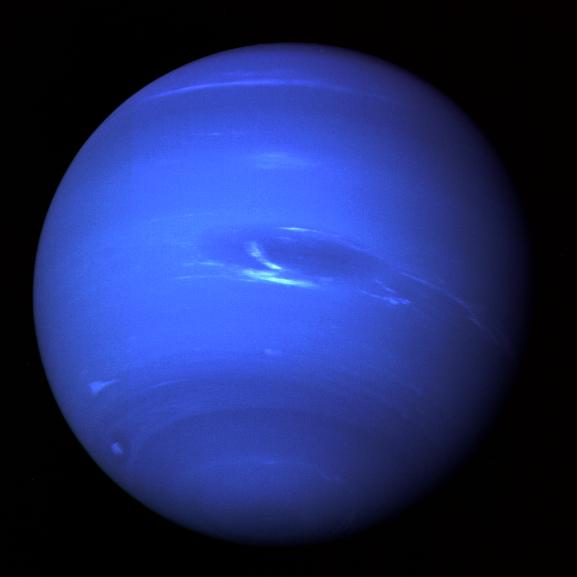
NASA at Home: Virtual Tours and Apps
NASA is exploring our solar system and beyond, uncovering worlds, stars, and cosmic mysteries near and far with our powerful fleet of space and ground-based missions.
Explore our facilities. View our laboratories. Enter our operations control centers.
We invite you to tour NASA virtually from the comfort of your home or convenience of your mobile device.
Artemis
RS-25 Rocket Engine Testing: NASA’s Stennis Space Center in Mississippi conducted a series of RS-25 rocket engine hot fire tests for NASA’s Space Launch System, which is being built for missions beyond low-Earth orbit that will carry crew and cargo to the Moon and destinations beyond.
International Space Station
Commercial Crew Program 360-Degree Virtual Reality Tour: NASA’s Commercial Crew Program works with commercial partners to launch astronauts to the International Space Station from U.S. soil on American-built rockets and spacecraft. These immersive videos share the story of groundbreaking innovation borne of this government-industry partnership.
International Space Station Tour: The International Space Station is a unique scientific platform where astronauts conduct experiments across multiple disciplines of research – including Earth and space science, biology, human physiology, physical sciences, and technology demonstrations – that cannot be performed anywhere on Earth. In 2020, the station celebrated 20 years of a continuous human presence aboard the orbiting laboratory.
Operations Centers
Explore Goddard’s Clean Room: James Webb Space Telescope’s Communications Lead Laura Betz takes us behind the scenes inside the world’s largest clean room at NASA’s Goddard Space Flight Center in Greenbelt, Maryland. Explore where the Hubble Space Telescope was built and where its successor – the James Webb Space Telescope – was assembled. See the special gowning process engineers go through on a daily basis to enter this super clean environment. This tour gives you a 360-degree look from the unique filter wall to the storage of Webb’s 18 gold-plated mirrors. Check out Goddard’s Space Environment Simulator, a massive thermal vacuum chamber in which scientists and engineers cryotested the heart of the telescope, ISIM, by lowering the temperature of the structure to 42 Kelvin (-384.1 Fahrenheit or -231.1 Celsius) and below to ensure that it can withstand the frigid temperatures Webb will face 1 million miles out in space.
Robotic Operations Center (ROC): This 360-degree view of Goddard’s Robotic Operations Center (ROC) shows off its unique hexapod robot, which helps engineers simulate the way a satellite moves in space. Drag the photo to explore the rest of the state-of-the-art facility. The ROC acts as an incubator for satellite servicing technologies that will allow for the repair, refueling, and upgrading of spacecraft. In this lab, robotic capabilities are tested in spacelike conditions before they are put to action in orbit.
Solar System
Planets of Other Stars
NASA’s Exoplanet Excursions: A guided journey through the amazing TRAPPIST-1 star system, known to be the home of seven Earth-size exoplanets orbiting a star that is only a little larger than Jupiter. This also includes tours of the Spitzer Space Telescope and the ability to control the telescope yourself.
Exoplanet Travel Bureau: Explore 360-degree visualizations of the surfaces of planets of other stars (and download free posters!). This works on desktops and mobile devices, and it is optimized for such viewers as Google Cardboard.
NASA Centers (with virtual tours)
NASA’s Ames Research Center Virtual Tour: NASA’s Ames Research Center in Silicon Valley, California, has led NASA in conducting world-class research and development in aeronautics, exploration technology, and science aligned with the center’s core capabilities.
NASA’s Armstrong Flight Research Center Virtual Tours: NASA’s Armstrong Flight Research Center in Edwards, California, is NASA’s primary center for high-risk, atmospheric flight research and test projects. For almost 75 years, research at Armstrong has led to major advancements and breakthroughs in the design and capabilities of many state-of-the-art civil and military aircraft.
NASA’s Glenn Research Center Virtual Tours: NASA’s Glenn Research Center in Cleveland designs and develops innovative technology to advance NASA’s missions in aeronautics and space exploration.
NASA’s Jet Propulsion Laboratory Virtual Tour: NASA’s Jet Propulsion Laboratory in Pasadena, California, is humanity’s leading center for exploring where humans cannot yet reach. Its spacecraft have flown to every planet and the Sun in a quest to understand our place in the universe, and to search for the possibility of life beyond Earth.
NASA’s Johnson Space Center Virtual Tour: NASA’s Johnson Space Center in Houston is home to mission control and astronaut training. It also leads International Space Station operations and expeditions, development of the Orion spacecraft, NASA’s Gateway outpost program, and numerous other advanced human exploration projects.
NASA’s Langley Research Center Virtual Tours: NASA’s Langley Research Center in Hampton, Virginia, works to make revolutionary improvements to aviation, expand understanding of Earth’s atmosphere and develop technology for space exploration. It was also where NASA mathematician Katherine Johnson worked.
Apps
Featured Apps
NASA selfie app: Put your photo in a virtual spacesuit in front of some of NASA’s most captivating space images. Access the NASA Selfie app for iOS or the NASA Selfie app for Google.
NASA app: This app offers news and multimedia from around the agency; other applications focus on individual NASA projects or research areas.
Aircraft and Aeronautics
Aeronautics augmented reality app: Learn about NASA’s X-57 Maxwell, X-59 QueSST, and G-III Gulfstream aircraft through an app that brings them onto your mobile phone.
“Next Stop: The Stratosphere”: Explore SOFIA, NASA’s flying observatory, a Boeing 747SP aircraft modified to carry a 106-inch telescope. Scientists aboard SOFIA study stars, black holes, and more while flying between 38,000 and 45,000 feet.
Spacecraft
Spacecraft augmented reality app: Learn about and interact with a variety of spacecraft that explore our solar system, study Earth, and observe the universe.
Other Apps
Browse more NASA apps and apps created by NASA’s Jet Propulsion Laboratory.
We encourage you to visit these sites for additional activities and resources:
NASA’s Artemis Program, NASA’s STEM Engagement, and NASA Kids’ Club
If you are interested in having a NASA speaker give a virtual presentation to your class or organization, visit the Speakers Bureau website and submit a request form.






























